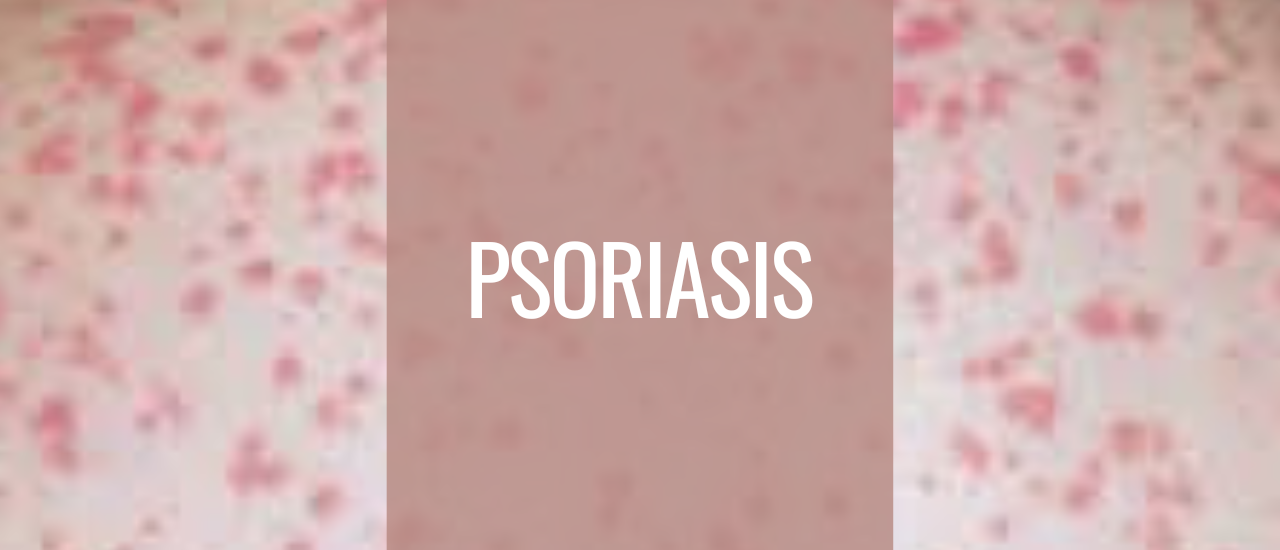

wordpress-seo domain was triggered too early. This is usually an indicator for some code in the plugin or theme running too early. Translations should be loaded at the init action or later. Please see Debugging in WordPress for more information. (This message was added in version 6.7.0.) in /home/sehatnagar.com/public_html/wp-includes/functions.php on line 6114
Psoriasis disease is a skin condition that typically affects the knees, elbows, trunk, and scalp. It generates a rash with itchy, scaly spots. Skin cells can multiply up to 10 times more quickly than usual when someone has the skin condition psoriasis. Nobody can contract psoriasis from another individual. Members of the same family can experience it occasionally. Since psoriasis is a chronic skin disorder, flare-ups are possible. Only a few areas are impacted. Psoriasis can spread to significant areas of the body in severe cases. Over the course of a person’s life, the patches may heal and then reappear.
Inflammation results from a problem with the immune system, which prompts too many new skin cells to develop. Every 10 to 30 days, skin cells are typically replaced. Every three to four days, new skin cells appear in psoriasis. Those silver scales are the result of an accumulation of old cells being replaced by new ones. Even while psoriasis frequently runs in families, it can also skip generations. A grandfather and their grandchild, for instance, might be impacted, but not the child’s mother. White blood cells are often used by the body to combat and eliminate invasive microorganisms and mount an infection defense.
Common psoriasis symptoms and indicators include:
A risk factor is something that makes developing a health issue more likely. Psoriasis frequently begins before the age of 40. Other factors that may increase the risk. People may be more likely to develop it if they have family members who have the condition. These health issues can lead to this issue:
Psoriasis is widespread. Anyone can have it, however it usually starts between the ages of 20 and 40 or later in life. It’s impossible to spread psoriasis. It does not thus spread to other persons.
Children have an 80% chance of having psoriasis if both parents have the condition, and a 30% chance if only one parent has the condition. Therefore, if you have psoriasis, it does not mean that your kids will too.
Although it can begin at any age, it most frequently strikes adults between the ages of 20 and 30 and 50 and 60. Both men and women are equally impacted. From person to person, psoriasis severity varies widely.
Psoriasis is an autoimmune condition, which means that a portion of the body’s immune system overreacts and starts attacking healthy tissues. An immune system issue leads to inflammation, which in turn causes an excessive number of new skin cells to grow. Skin cells are normally replaced every 10 to 30 days. In psoriasis, new skin cells develop every three to four days.
Psoriasis is commonly associated with major medical diseases such diabetes, heart disease, and depression. Psoriatic arthritis is an inflammatory disorder that affects some persons with psoriasis and their joints.
Cracks, irregular nail growth, and discoloration can all be brought on by psoriasis and affect both fingernails and toenails. The nail bed may become loose and separate from psoriatic nails. The nail may break if the illness is severe.
Young people and children are most commonly affected with guttate psoriasis. Usually, a bacterial infection, like respiratory infection, is what sets it off. Small, drop-shaped scaling lesions on the trunk, arms, or legs are its clear indication.
An unusual form of pustular psoriasis results in distinct pus-filled blisters. On the hands or feet, it may appear in little patches or in larger ones.
Erythroderma psoriasis, the least frequent form of the condition, can cover the entire body in a blistering rash that can itch or burn severely. It may be acute or chronic.
The groyne, buttocks, and breast skin folds are mostly impacted by inverse psoriasis. It results in scaly, inflammatory skin patches that get worse with contact and perspiration. This kind of psoriasis may be brought on by fungi.
Plaque psoriasis, the most prevalent type of psoriasis, results in scale-covered, flaky, elevated skin patches (plaques). They could be few or numerous. They typically show up on the scalp, lower back, elbows, and knees. Depending on the skin tone, the patches have different colors. On dark or Black skin, the afflicted skin may heal with transient color changes (post-inflammatory hyperpigmentation).
Chicken Pox Blisters: Major Signs, Causes & Risk Elements
7 Major Causes, Symptoms & Types Of Melasma On Face
Malaria High Fever: Causes, Symptoms & Risk Factors